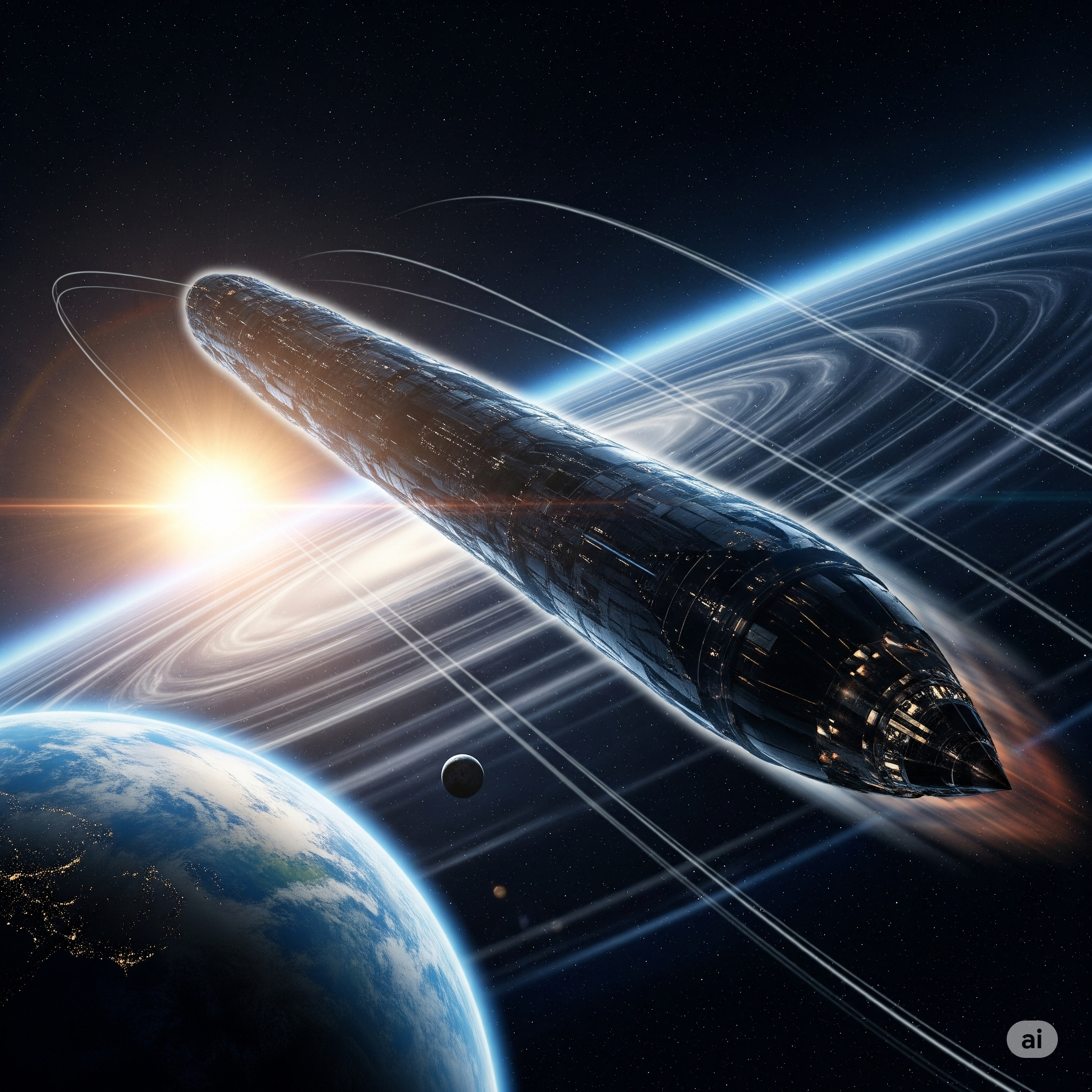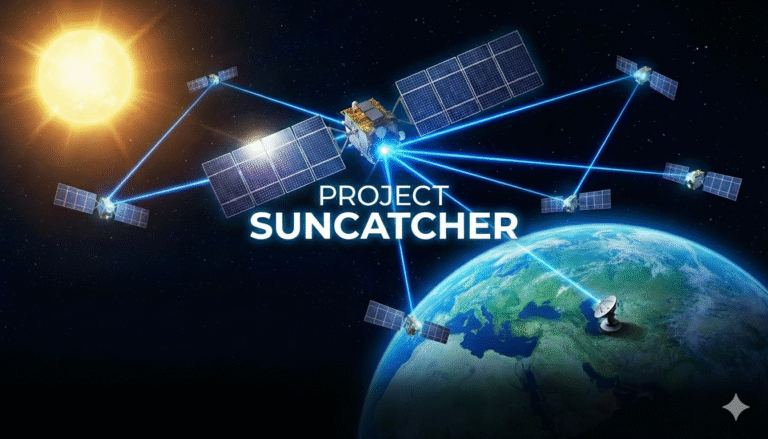The Arrival of a Cosmic Stranger
In early June 2025, astronomers around the world detected something unusual: a fast-moving object barreling through the outer solar system. Preliminary calculations suggest that it is not bound by the sun’s gravity. Instead, it’s an interstellar visitor—an object that originated beyond our solar system.
This is only the third known interstellar object ever observed, following 1I/‘Oumuamua in 2017 and 2I/Borisov in 2019.
🔭 What Makes This Object Special?
Here’s what sets this object apart:
- Speed: It is traveling at a velocity that cannot be accounted for by gravitational interactions within the solar system.
- Trajectory: Its hyperbolic orbit confirms it’s not gravitationally bound to the sun.
- Composition (Preliminary): Spectral analysis hints at a composition different from typical asteroids, with traces of exotic ices and complex organics.
- Size & Shape: Early telescope images suggest it could be elongated or tumbling, much like ‘Oumuamua.
🌌 A Quick Primer on Interstellar Objects
What Are They?
Interstellar objects are celestial bodies that formed around other stars and drifted through the galaxy until they entered our solar system by chance.
They could be:
- Planetary fragments ejected during system formation
- Dormant comets from distant systems
- Asteroids or rogue objects stripped from passing stars
🧬 Why Do They Matter?
Studying these cosmic travelers helps us:
- Learn about the formation of other star systems
- Compare their chemical makeup to our solar system’s
- Explore the building blocks of life beyond Earth
“Every interstellar visitor gives us a snapshot of another planetary system,” says Dr. Arjun Mehta, astrophysicist at the Indian Institute of Astrophysics.
🔥 What’s Next for This Visitor?
Close Approach to the Sun
The object is expected to make its perihelion (closest pass to the sun) in late September 2025. During this time, it could:
- Shed material (if it’s a comet)
- Become brighter and easier to study
Data Collection
Global observatories and space telescopes (like James Webb and India’s Astrosat) are preparing to:
- Capture high-resolution spectra
- Track its path with precision
- Search for unusual emissions or light curves
🛰️ Should We Be Worried?
Not at all. The object poses no threat to Earth.
However…
Its unexpected arrival underscores the importance of:
- Improved early detection systems
- Enhanced planetary defense and sky surveillance
🌍 Global Collaboration in Action
This cosmic event has united institutions across:
- NASA (USA)
- ESA (Europe)
- ISRO (India)
- JAXA (Japan)
All are contributing to real-time data analysis and telescope time.
“It’s a reminder of how small we are—and how vast the universe really is.” – Dr. Lisa Huang, JAXA Astrophysics Unit
🧠 What This Means for the Future
- More Missions? This could inspire future missions specifically designed to intercept or observe interstellar objects.
- AI for Detection: AI-powered telescopes may help discover such objects earlier in their journey.
- Search for Life: If organic compounds are confirmed, it strengthens the idea that life’s building blocks may be shared across the universe.









+ There are no comments
Add yours